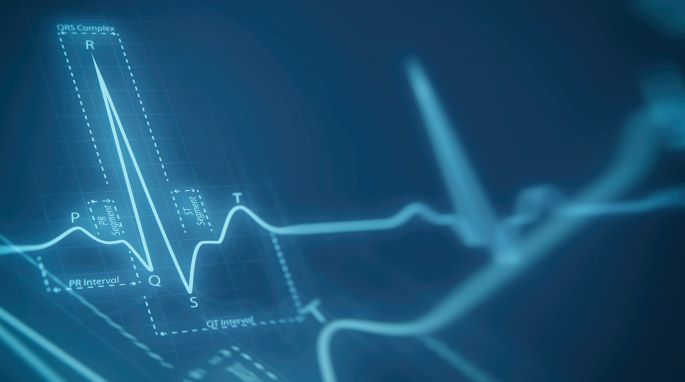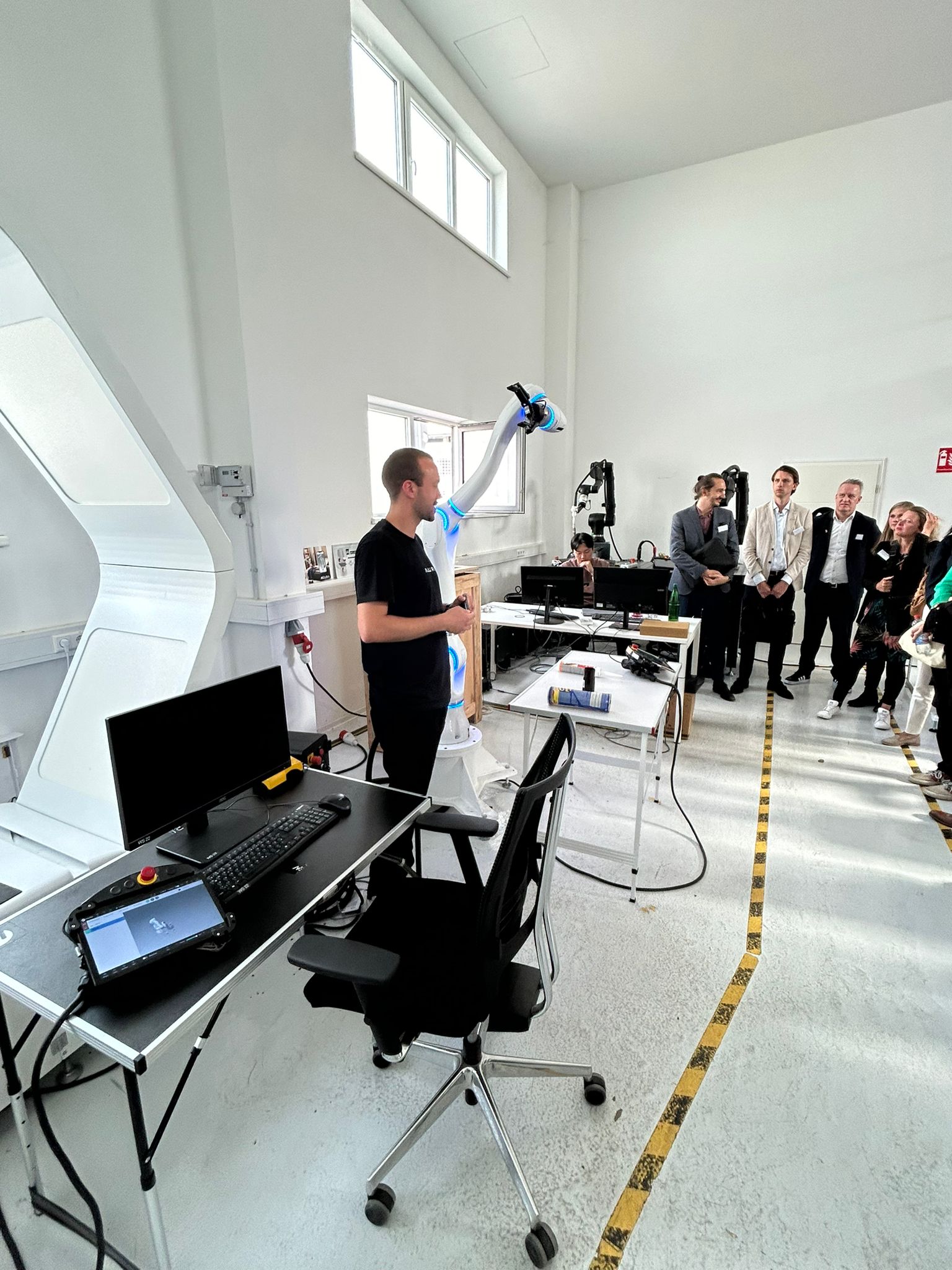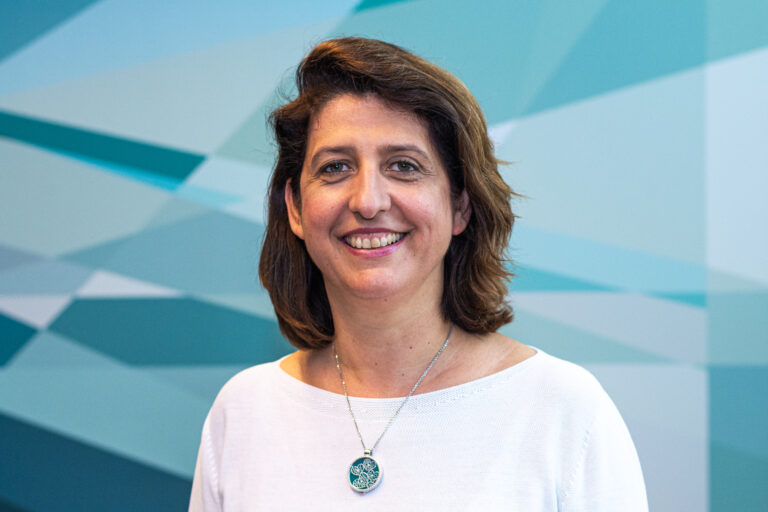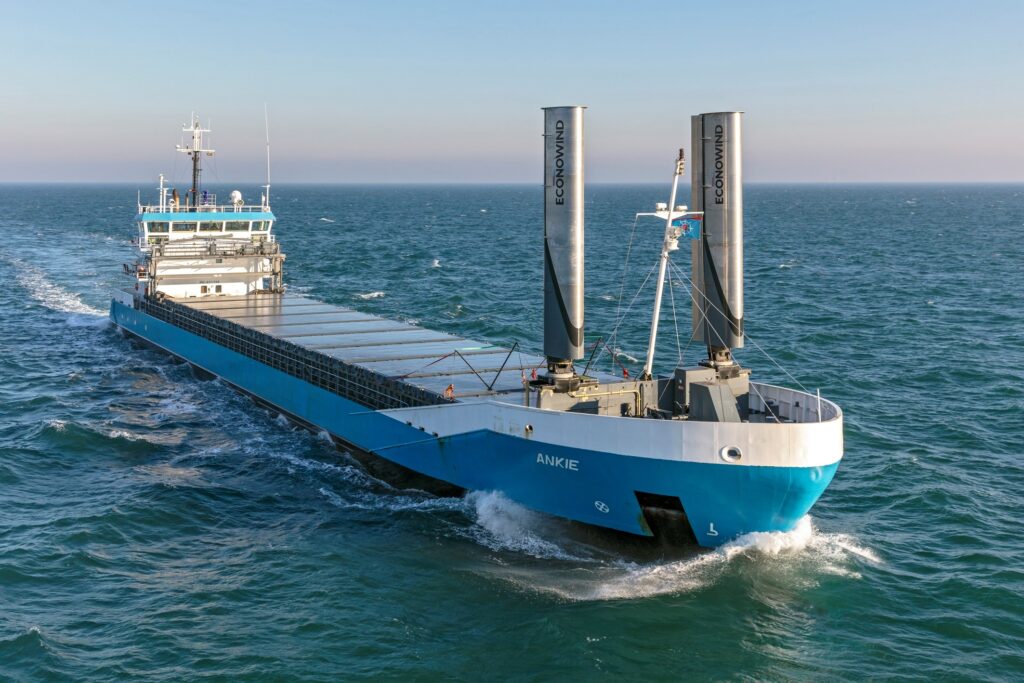There are all kinds of heart complaints. The vast majority of people who are currently referred urgently to a cardiologist leave the consulting room quickly and with feeling of relief. Although it is good to be on the safe side, all those extra consultations do take up a huge amount of time – time that could naturally be better used by cardiologists to help patients who genuinely have heart problems. The reverse also happens: people can have severe heart problems without being aware of it. In situations like those, a quick visit to the cardiologist can literally save their life.
Severe staff shortages
In both cases, initial screening with an electrocardiogram (ECG) plays an important role. But again, a lot of time is lost if healthcare staff are constantly adjusting ECG devices’ electrodes and if specialists then have to screen all the cardiac traces. That problem can already be partially solved thanks to wearable sensors that allow the heart to be monitored, at home as well. Nevertheless, screening all those heart traces remains a challenge, especially with the medical profession facing serious staff shortages.
An extra boost from the MIT scheme
So this is a major problem for society. AppBakkers – a developer of mobile applications – therefore decided to team up to address this issue with 2M, who make a wearable ECG sensor, among other things. When they heard about the MIT scheme (a Dutch acronym for SME innovation promotion for regions and key sectors), they applied for it. Successfully too: their submission was selected as one of the twelve projects. This will be a boost for the development of the AI-based ECG app that AppBakkers is working on.
Analysing 50,000 cardiac traces
“We’re now starting the phase where we’ll train the AI,” explains Guido Versteeg, the owner of AppBakkers. “Data quality plays a key role in that, so we’re more than happy to have PTB-XL, a publicly accessible dataset of about fifty thousand cardiac traces available on an anonymised basis. Those recordings also clearly state if there is a heart problem. That means it’s a form of machine learning in which the algorithm isn’t so much searching for new information every time but mainly checking how much the data from an electrocardiogram differs from that of a healthy heart.”
In consultations with cardiologists
“Parallel to that, we have a lot of contact with medical professionals to see what we need to focus on,” he continues. “We talk about it to cardiologists from Medisch Spectrum Twente, a hospital in Enschede, for instance. Their knowledge is obviously indispensable if you’re creating an AI solution that can tell you the likelihood of a situation needing urgent assistance from a cardiologist, based on cardiac traces. Watching and thinking along with us is taking them quite some time right now, when they’re already really busy, but they’re happy to take part because they know that this development will genuinely help them in practice later.”
Medical device
Besides the technical narrative, there are also issues with privacy and legal liability. It is obviously medical information that is privacy-sensitive, so the AI developer has to bear that in mind at all times. In terms of the responsibility, it is also good that all involved know just where they stand. “If the software is going to say anything about the patient that resembles a medical diagnosis, we have to comply with the rules governing medical devices. So that’s another thing to take into account during the development. Even then, though, the medical specialist still makes the final diagnosis – but they can use what the AI brings to the fore based on its data analysis.”
Carefulness
“This AI application will only be deployed once cardiologists have tested it extensively and once it has passed clinical trials, of course,” Versteeg emphasises. “Given the stringent requirements, these kinds of development processes take a long time. It’ll still be a few years before our AI solution can actually be used in medical practice. That level of carefulness is only proper, because it’s obviously got to become a solution that really makes sure that patients with serious heart problems get the help they need at that time as quickly as possible.”
More information
If you are interested in more information about this start-up, visit the AppBakkers website or send your questions to Guido Versteeg using the contact form.
Interested in the MIT scheme?
SMEs, including many start-ups, have an important economic and innovating role. Research has shown that SMEs run up against numerous obstacles when implementing AI. The next round of the MIT scheme to bridge the gap between the knowledge base and the application of AI innovations starts in the first quarter of 2023 and will be supported from the AiNed programme developed by NL AIC. This scheme will be repeated every year until 2026. You can keep up to date on the AiNed programme website.






